History and Folklore
Seán Beattie
Recently going through my records, I came across a series of interviews I conducted in the 1990s with the late Johnny O’Donnell of Cruckaveel, Ballyharry. He had a vivid recollection of times past and what follows is a short version of some of our discussions.
One hundred years ago, in March 1921, the villages of Carrowmena and Ballymagarraghy became victims of the Black and Tans during the War of Independence. Reports of Volunteer drilling in Carrowmena had come to the attention of the RIC in Moville. An active Sinn Féin Club had been established in the village also. The Black and Tans were introduced to Ireland after the First World War in an effort to halt the progress of the Flying Columns which were taking a heavy toll of the RIC as the War of Independence intensified through the months of 1921. The Prime Minister, Lloyd George, was determined to teach the Irish a lesson.
Two tenders, fully armed, stopped outside the local bar (now Tremone Bar) and threatened the proprietors. Several other houses were raided at gunpoint; sheds were ransacked but no weapons were found. One innocent victim was James McFadden, a retired national school teacher, who resided all his life with McGonigles of the School Road Corner. His life savings were his gold sovereigns and these were stolen by the Black and Tans.
A local farm worker, John Breslin, Carrowbeg, was taken on board as a hostage – if anyone fired on the tenders, he would have been shot.
In Ballymagarraghy, a station Mass was under way at Fanny McEldowneys, at the head of the village. There were up to 50 in the crowded kitchen as part of the congregation. The Tans became suspicious and ordered everyone to stand at Maud Farren’s gable to be searched. Nothing was found and so they set off towards Carndonagh, with John Breslin on board. He was eventually dropped off about 10 miles from home.
A Trip to America.
In the 1870s, a man called McConnalogue lived in the Row at Ballyharry with his mother. He had a patch of rundale at the shore where he grew potatoes. The soil was sandy and there was plenty of cheap manure in the form of seaweed. On a fine Spring morning, he had several rows planted when he saw a sailing ship in the Bay.
Next door to him in the Row, there was a pilot, whose job it was to take sailing ships onwards to Derry. Pilots resided in Ballyharry before they moved to Greencastle, where they are now located. The Row was a line of several houses, most of which are still standing. Pilots embarked and disembarked at the Boat Port, Tremone Bay, where the pilot boat was kept. McConnalogue decided to go out on the pilot boat which sailed out to bring the pilot ashore.
As the pilot stepped from the sailing ship, McConalogue heard that there was a vacancy on the ship for a crew man and he decided on the spur of the moment to get on board. The pilot boat returned to the port without him. Next stop was America – he went ashore when the ship docked to see the bright lights of New York.
His coat was left hanging on a rock above the port and the spade was sunk in the drill where he was planting potatoes. McConalogue never returned to finish the job and was never heard of again!
The Weavers of Ballyharry and Ballymagarraghy
In both villages, there were families of weavers. In Ballyharry, the McLaughlins, known as the P Barrs, who lived behind John Duffy’s house, were very skilled. Johnny O’Donnell of Cruckaveel, Ballyharry Irish, was related to them and told me in 1998 that he had a sheet made of linen which was woven in Ballyharry by his relatives.
In Ballymagarraghy, the weavers crossed over Glenane Hill with their packs (now Shrove Loop Walk) and took a ferry to the linen market in Coleraine. The train at Magilligan took them to the town.
The Priest’s Room
The McLaughlins (known as the Coins) had a priest in the family. They lived behind Hanna Kelly’s house at the Rocks. The priest stayed in the Upper room. He went to work in the Scottish islands. He was later jailed because he had informed on a vagabond arrested by the police.
The Rock of the Dead
Corpses were carried long distances to Bocan graveyard. Mourners needed a rest after climbing the Corkscrew and stopped at Carraig (rock) na gCorp (dead). The long coffin-like stone is still there. Mourners went out along the Flough Road (fliuch-wet) as a shortcut for a funeral cortege travelling from Ballymagarraghy. That hearse was used to bury my grandmother, Catherine Beatty (née Mooney) in 1945 and Johnny O’Donnell attended the funeral which went along the Lough Road. Catherine was married aged 24 in New Jersey in 1883 and came home soon afterwards with her husband John.
The First Hearse
The first horse-drawn hearse in Carrowmena was owned by John McDermott (G) who sold it to Mick O’Kane. It was in use until the 1950s. I recall it clearly. When McDermott was taking it from Carn on the day he bought it, he gave a neighbour a lift. When they arrived in Carrowmena, McDermott went to the back and opened the door to let him out. As the passenger stepped to the ground, McDermott remarked,
“You’re the first man to come out of that hearse alive!”
The Death Watch House at Bocan
Johnny O’Donnell recalled that his father (born c. 1850) spent several nights in the Watch House at Bocan graveyard following the death of a relative. It was necessary to mount a guard to protect the deceased from grave looters. Neighbours took turns to do a slot of grave watching. When Bocan Hall was built in 1891, the Watch House was demolished.
The Sailor’s Grave
Not all dead bodies went to Bocan. In the 1870s, the dead body of a sailor was found at Tremone and buried at Rosie’s Port, to the east of the Boat Port. Six heavy stones still mark the original plot (not the new grave site). The body was found by Hughie McShefferty’s grandfather.
Plane Crash
In the early 1900s, a plane crashed on Tremone Beach. Crews arrived and took it away.
Tremone Regattas
Water sports and regattas were held at Tremone. One of the big challenges was to race across the White Strand. Boat races were also held. The best boatmen came from Inishtrahull island.
Tremone Bay and surrounding villages hold our secret histories which are slowly vanishing as an older generation passes away.
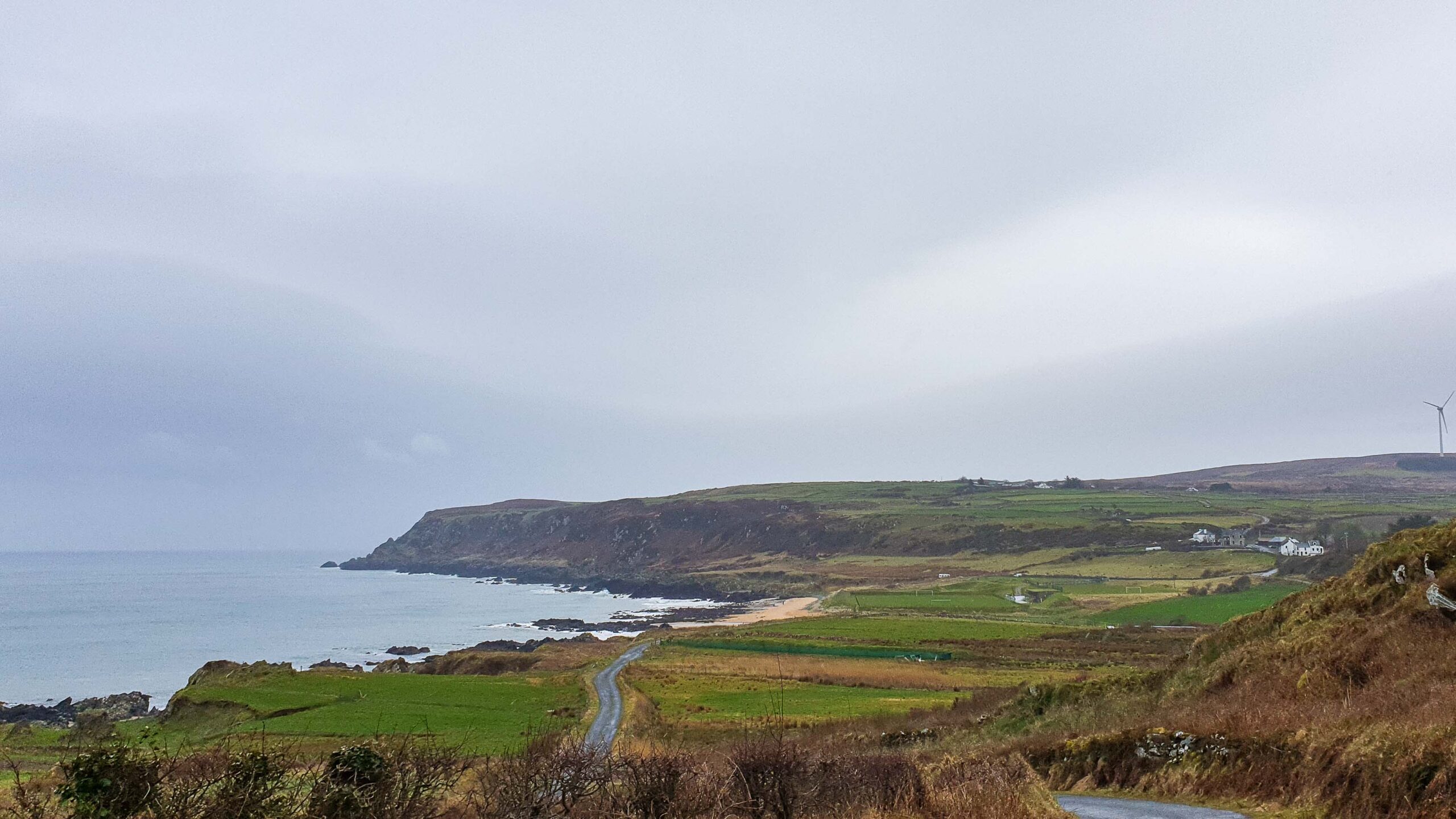
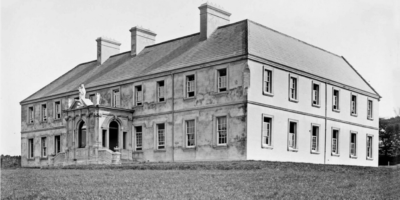

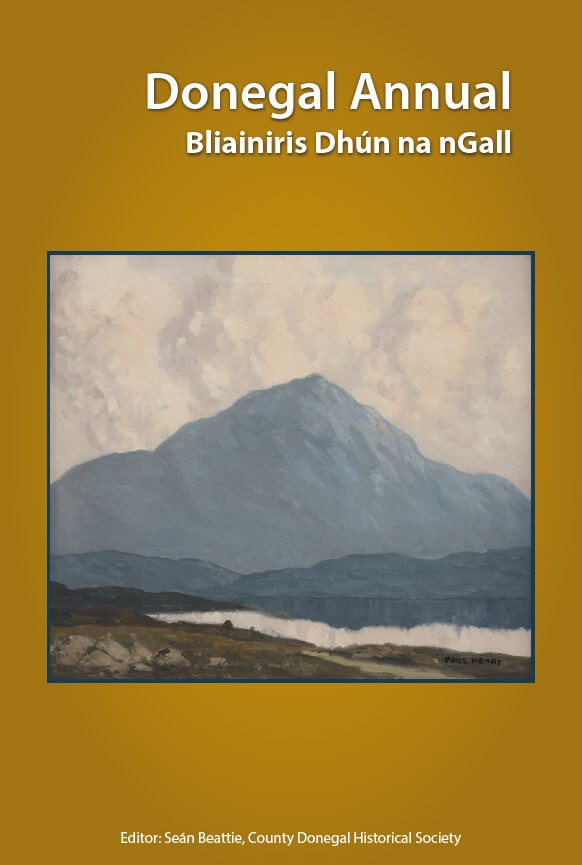
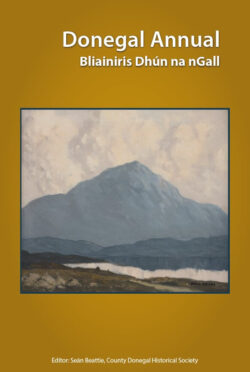
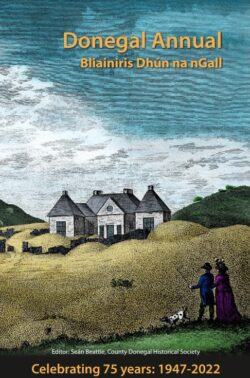
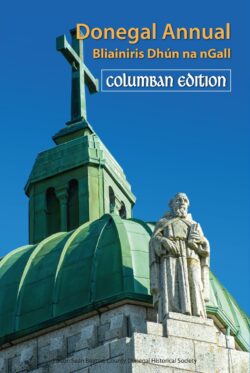
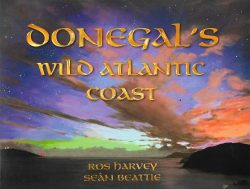

Leave a Reply